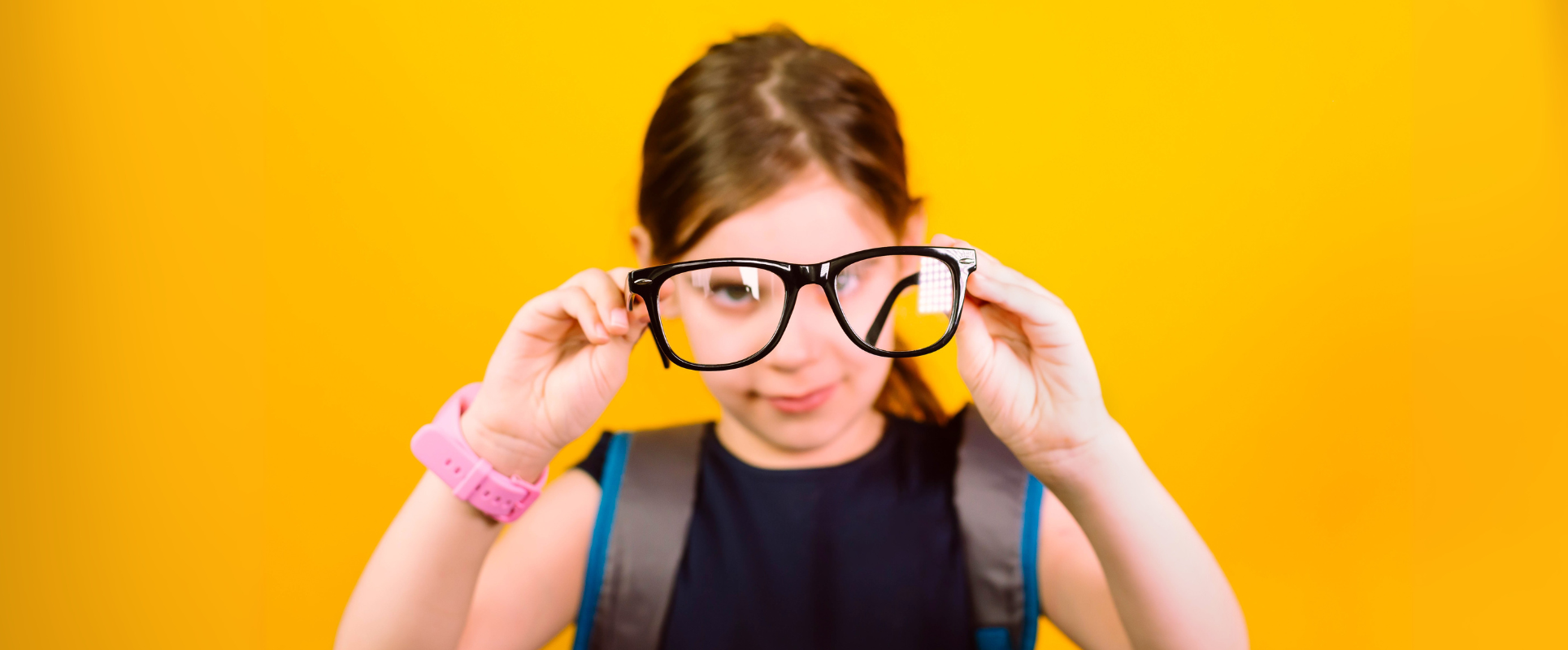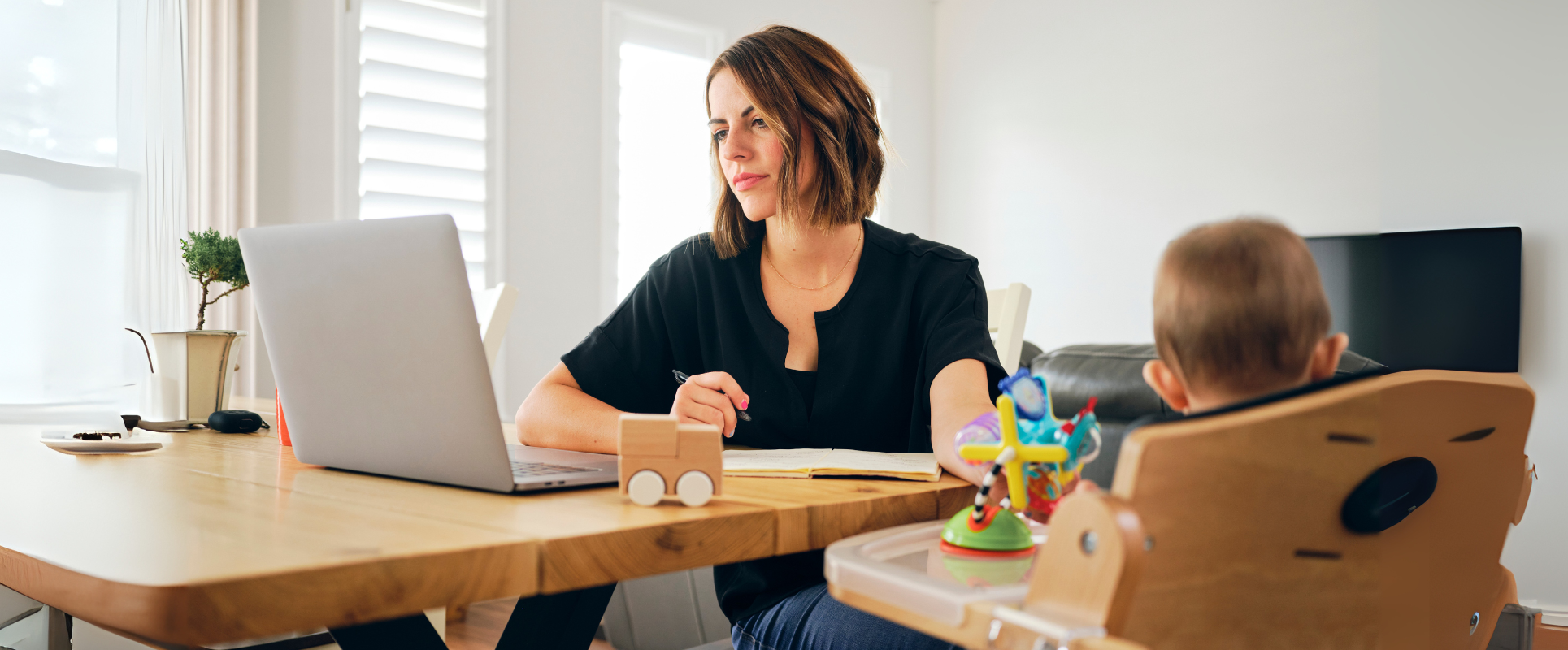
School Myopia: Causes, Prevention and the Rising Trend
Myopia (nearsightedness) among school‐aged children is becoming one of the most urgent public health issues globally. With increasing screen time, intensive schooling, and less outdoor exposure, more children are developing myopia at earlier ages—and progressing to high myopia more often. This post explores the root causes, actionable prevention strategies and future trends to watch.
What Is School Myopia?
-
Definition: Myopia, or nearsightedness, is a refractive error in which the eye focuses distant images in front of the retina instead of on it. This causes difficulty seeing far objects clearly.
-
Onset in children: Usually begins in early school years (6–12 years old), but severity and onset age vary by genetics, environment and behavior.
Causes of Myopia in Schoolchildren
Understanding why myopia is increasing helps with credible advice and EEAT (experience, expertise, authority, trust). Key causes include:
-
Genetic Factors
Children with one or more myopic parents are at higher risk. Genetic predisposition influences eye‐shape, growth rates, and responsiveness to environmental triggers. -
Environmental and Behavioral Factors
-
Near work: Prolonged reading, writing, screen use (smartphones, tablets, computers). Sustained near focusing strains the eye.
-
Insufficient outdoor time: Children who spend less time outside show higher incidence and faster progression of myopia. Natural light & distance viewing are thought to help slow or prevent onset.
-
Poor reading/writing posture, lighting, classroom ergonomics: Bad posture and improper desk/chair height contribute. In Shanghai, for example, well‐implemented desk & chair height, plus good reading posture, were associated with slower myopic progression.
-
Educational Pressure & School Environment
High academic demands (more hours of study, more homework), high frequency of near work and less break/ outdoor recess increase risk. School management measures like recess, outdoor physical education (PE) classes and classroom lighting are significant. -
Digital Technology and Screen Time
Increasing exposure to screens (both for study and entertainment) adds both near work burden and often reduces outdoor activity. The COVID‐19 lockdowns accentuated this pattern.
Prevention Strategies: What Works
Here are evidence‐based, practical prevention strategies that schools, parents and policymakers can adopt:
|
Strategy |
Details |
Evidence & Benefits |
|---|---|---|
|
Increase outdoor time |
Ensure children spend at least 2 hours/day outdoors (recess, PE, after school). Natural light, distance vision helps. |
Studies show reduced incidence when class recess or PE outdoors are well implemented. In Shanghai, outdoor activities lowered new myopia risk by ~20 % in 8–9 year old students. |
|
Manage near work |
Limit continuous close‐vision tasks; enforce breaks (e.g., every 20–30 minutes look into distance), ensure proper lighting & contrast, reduce reading/study under dim light. |
Observed associations between near work + poor posture, high myopia progression. |
|
Optimize ergonomics in school |
Adjustable desks/chairs, proper lighting, ensure blackboard use, reduce glare, proper viewing distance from boards/screens. |
Shanghai study: good desk & chair height + reading posture = less rapid progression in 10–11‐year‐olds. |
|
Regular eye exams & early correction |
Screen children from early ages, detect myopia early. Use corrective lenses, consider low‐dose atropine where appropriate under medical supervision. |
Early detection reduces impact on school learning and slows serious complications. |
|
Public health & school policies |
Promote education for parents & teachers; embed myopia prevention in school health programs; revise curricula to include more outdoor and less continuous near work. |
Countries with strong policies (Taiwan, parts of East Asia) show better control over rising myopia. |
Trends & Projections: Where We’re Headed
-
Global prevalence of myopia among children and adolescents is rising significantly. Some studies report one in three children already affected.
-
By 2050, nearly 50% of the world’s population may be myopic.
-
High myopia (which carries risk of serious eye disease) is expected to rise, especially in East and Southeast Asia. For example, in Chinese adolescents aged 16‐18, high myopia prevalence is projected to increase from ~7.3% in 2001 to ~22.1% by 2050.
-
COVID‐19 pandemic effects: Lockdowns caused more screen time and less outdoor activity, accelerating myopia onset and progression in many places.
Why This Matters: Consequences if Untreated
-
Academic impacts: Poor distance vision affects learning (reading boards, classrooms).
-
Quality of life: Frequent headaches, eye strain, reduced participation in sports/outdoor activities.
-
Long‐term eye health: High myopia increases risk for glaucoma, cataracts, retinal detachment, myopic macular degeneration.
-
Economic burden: Costs for treatments, corrective lenses, lost productivity.
Best Practices for Parents, Schools & Policymakers
-
Parent level
-
Encourage outdoor play daily.
-
Limit screen time, especially continuous usage without breaks.
-
Monitor reading distance (generally ~30–40 cm), posture, lighting.
-
Ensure children get regular eye checkups.
-
School level
-
Design schedules with sufficient recess/outdoor breaks.
-
Provide well‐lit classrooms, ergonomic furniture.
-
Educate teachers on spotting early signs of myopia.
-
Use guidelines on screen use, homework loads, blackboard visibility.
-
Policy level
-
National guidelines on children’s eye health.
-
Incorporate myopia prevention into public health and education systems.
-
Support research into interventions (e.g. low dose atropine, specialized lenses).
-
Media campaigns to raise awareness.
Summary & Key Takeaways
-
Myopia among schoolchildren is rising due to a mix of genetic, behavioral, environmental, and educational factors.
-
Prevention works: more outdoors, better ergonomics, limiting continuous near work, early detection.
-
Trends suggest serious future burden if no action taken—more high myopia, more eye disease.
-
Multi‐stakeholder efforts (parents + schools + policymakers) are essential.
Sources
-
Review on the Myopia Pandemic: Epidemiology, Risk Factors, and Prevention – NIH PubMed/PMC. https://pmc.ncbi.nlm.nih.gov/articles/PMC8029638/
-
Effects of school myopia management measures on myopia onset and progression – BMC Public Health. https://bmcpublichealth.biomedcentral.com/articles/10.1186/s12889-023-16719-z
-
Myopia: A close look at efforts to turn back a growing problem – National Eye Institute (NEI). https://www.nei.nih.gov/about/news-and-events/news/myopia-close-look-efforts-turn-back-growing-problem
-
Myopia is growing around the world – Myopia Institute / WHO forecasts. https://myopiainstitute.org/myopia/







